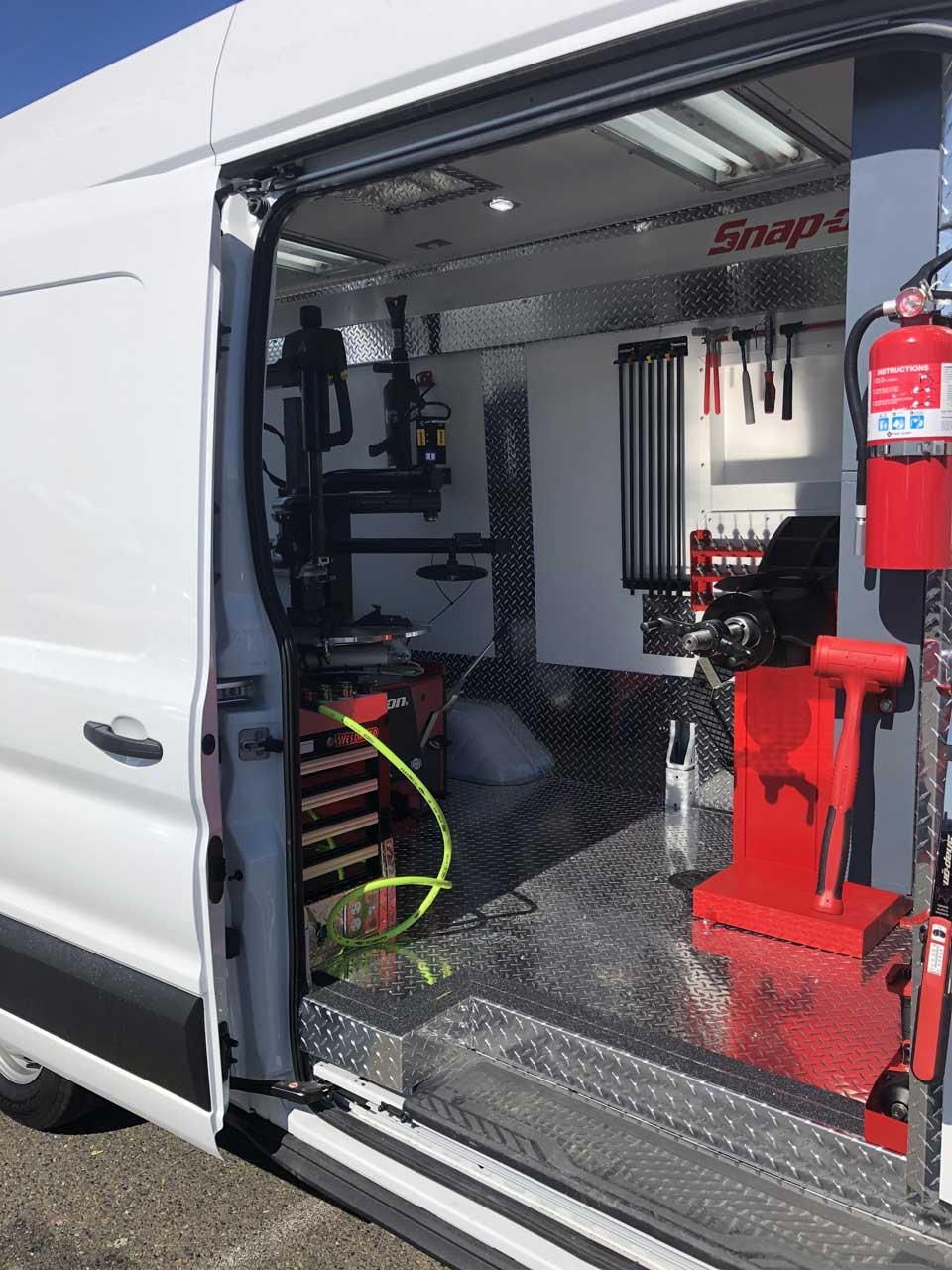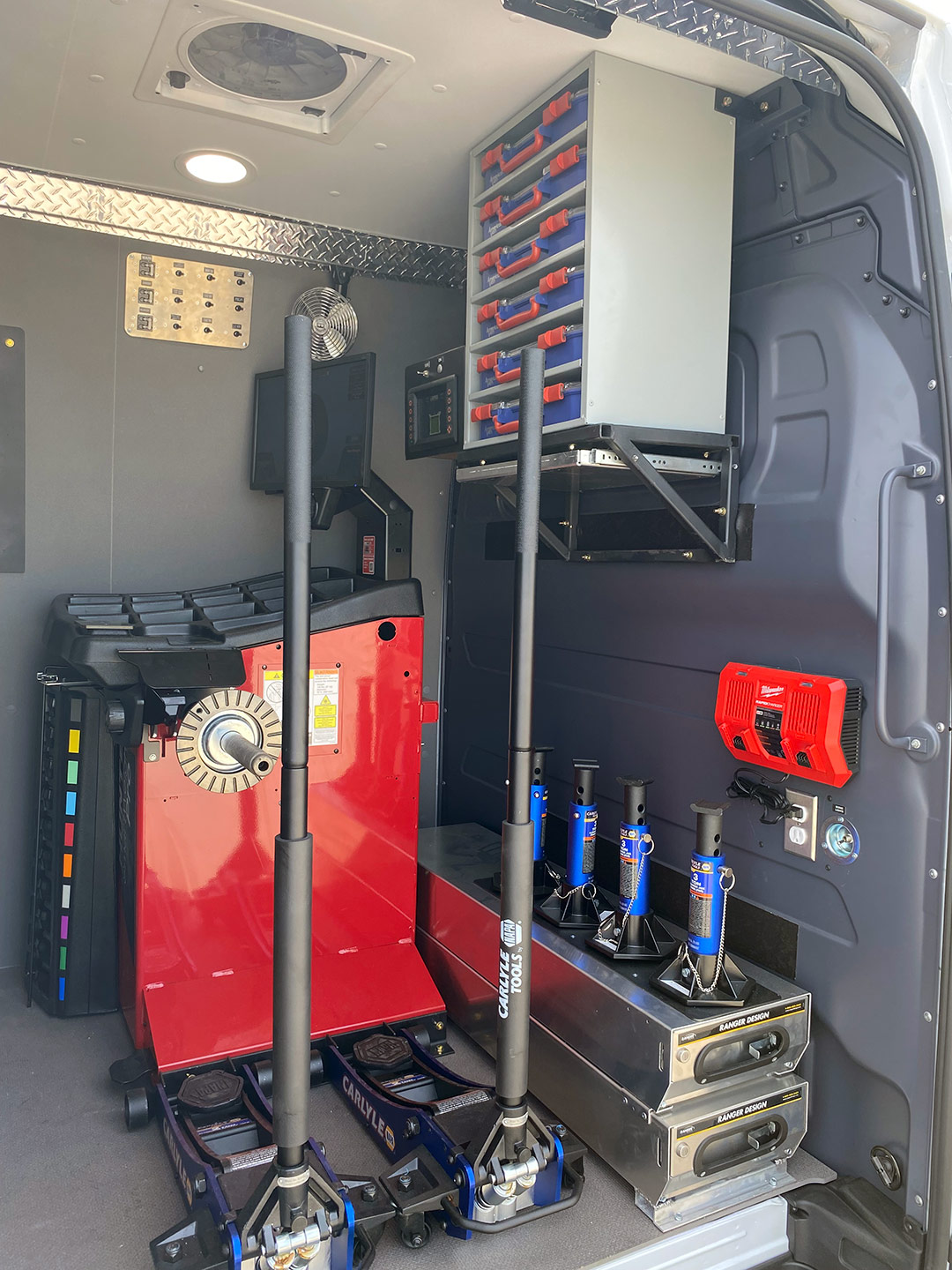Expert Mobile Tire Repair in Las Vegas - Rapid Service Guaranteed
Expert Mobile Tire Repair in Las Vegas - Rapid Service Guaranteed
Blog Article
Tire Solution: Proven Techniques for Optimal Tire Upkeep and Treatment
From ensuring appropriate tire stress to regular rotation and placement, there are proven techniques that can significantly prolong the life-span of your tires and enhance general driving experience. Allow's dive into the world of tire solution and uncover the secrets to keeping your tires in superior form for the long haul - Flat Tire Repair Las Vegas.
Significance of Tire Stress
Correct tire stress is a vital variable in ensuring optimal automobile efficiency and safety and security when traveling. Maintaining the suggested tire stress degrees provided by the maker supplies numerous benefits. First of all, ample tire stress advertises better fuel performance, as under-inflated tires can bring about increased rolling resistance, causing the engine to work more challenging and eat even more fuel. Right tire pressure makes certain even walk wear, enhancing tire longevity and conserving money in the long run by postponing the demand for premature replacements. In addition, appropriately pumped up tires contribute to boosted handling and braking capabilities, crucial for secure driving in different road problems. Over-inflated tires, on the other hand, can cause minimized traction and a harsher adventure. On the other hand, under-inflated tires are prone to getting too hot, which can result in mishaps and blowouts. On a regular basis inspecting and readjusting tire pressure, specifically eventually journeys, is a simple yet efficient way to improve car efficiency, extend tire life-span, and prioritize safety and security when driving.
Tire Rotation Guidelines
When thinking about tire rotation guidelines, it is necessary to recognize the relevance of this upkeep job in optimizing tire life-span and keeping optimum automobile efficiency. Tire rotation includes changing the position of each tire on a car to guarantee even step wear. Front tires often tend to put on faster than back tires because of steering forces, making regular turning critical for well balanced wear patterns. The suggested rotation pattern varies depending on whether a vehicle is front-wheel, rear-wheel, all-wheel, or 4x4. Commonly, tires should be turned every 5,000 to 7,500 miles, or as advised in the vehicle manual. Neglecting tire rotation can result in uneven wear, impacting handling, traction, and possibly compromising car safety. By sticking to proper turning guidelines, drivers can prolong the life of their tires, improve gas efficiency, and boost general driving experience. Normal turning is a simple yet reliable maintenance technique that contributes significantly to tire durability and vehicle efficiency.

Advantages of Wheel Alignment
Ensuring appropriate wheel positioning after tire turning is vital for maintaining well balanced wear patterns and taking full advantage of vehicle efficiency. Furthermore, correct wheel placement assists to extend the life-span of your tires. Misaligned wheels can trigger uneven tire wear, leading to early tire replacement and enhanced upkeep expenses.

Tire Footstep Depth Check
Executing a normal assessment of tire walk depth is important for maintaining safe driving problems and lengthening the life-span of your tires. Unequal walk wear can suggest issues with tire suspension, positioning, or pressure, highlighting the importance of normal walk depth checks. By including tire step deepness checks right into your routine upkeep routine, Get More Information you can drive with confidence understanding that your tires are in top problem.
Seasonal Tire Evaluation
Seasonal tire examination is a basic facet of tire upkeep that makes sure tires are prepared to deal with the difficulties positioned by different weather problems. In preparation for winter months, it is crucial to examine the tire pressure frequently as cold temperature levels can create tire pressure to drop. By performing routine seasonal tire evaluations, drivers can lengthen tire life expectancy, enhance gas effectiveness, and most importantly, make certain a safe driving experience in varying climate conditions.
Verdict
In verdict, maintaining correct tire pressure, revolving tires on a regular basis, aligning wheels appropriately, checking walk deepness, and carrying out seasonal inspections are crucial methods for optimum tire treatment. By following these confirmed techniques, vehicle drivers can ensure their tires last much longer, perform far better, and right here add to general car safety and security. It is necessary to prioritize tire maintenance to stop accidents, enhance gas effectiveness, and lengthen the life expectancy of tires.
Adequate tire stress advertises much better gas efficiency, as under-inflated tires can lead to increased rolling resistance, triggering the engine to work more challenging and take in even more fuel.When thinking about tire turning guidelines, it is essential to comprehend the relevance of this maintenance task in making the most of tire life-span and maintaining optimum vehicle performance. Seasonal tire examination is a fundamental aspect of tire maintenance that guarantees tires are prepared to encounter the challenges presented by various weather conditions. By carrying out regular seasonal tire examinations, drivers can prolong tire lifespan, improve gas efficiency, and most notably, great site make sure a secure driving experience in varying weather condition problems.
In verdict, keeping appropriate tire stress, revolving tires routinely, aligning wheels appropriately, monitoring walk depth, and performing seasonal assessments are necessary methods for optimal tire treatment.
Report this page